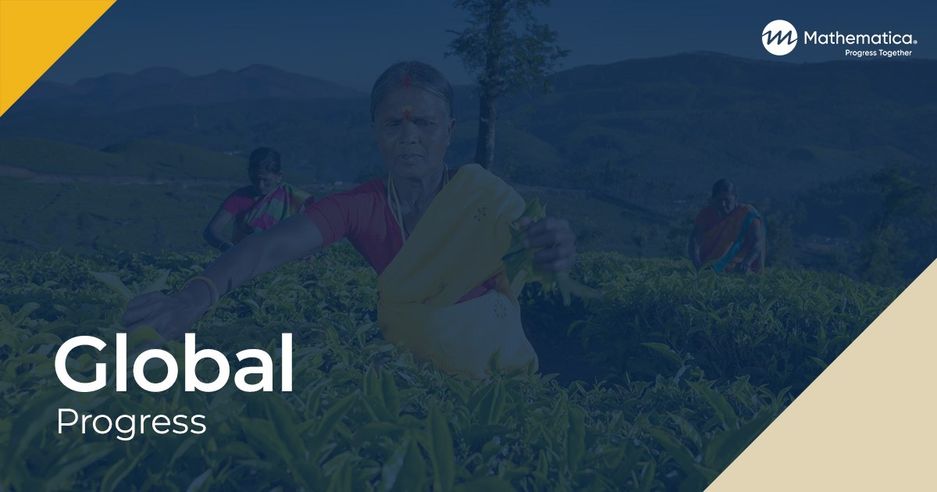Impacts of a Large-Scale Agricultural Training Program in Armenia
Download
Associated Project
Armenia: Impact Evaluation of Irrigation Infrastructure, Roads, and Farmer Training
Prepared for:
Millennium Challenge Corporation
Key Findings
- Training in high-value crops and agriculture practices did not increase household income or consumption.
- Training also did not affect mediating outcomes, such as adoption of agricultural practices or changes in cultivation of crops, which suggests that longer-term impacts are unlikely to materialize.
- Many farmers lacked the financial means to invest in the types of practices that were the focus of the curricula, and farmers were also often unwilling to try new crops that had higher up-front costs even if they were likely more profitable in the long run.
We used a clustered randomized controlled trial to estimate the effectiveness of a U.S. government-funded farmer training program that trained more than 50,000 farmers throughout Armenia in high-value crops and agriculture practices. We found that training did not affect farmers’ cultivation of crops, agricultural practices, household income or consumption. Our findings highlight the challenges that even a well-implemented training program has in spurring behavioral change among farmers and the challenges of providing effective services when foreign aid agencies prioritize having a large programmatic footprint. These challenges were central to the lack of impacts of this particular program but are underplayed when foreign aid agencies decide whether to fund agricultural training program.
How do you apply evidence?
Take our quick four-question survey to help us curate evidence and insights that serve you.
Take our survey
